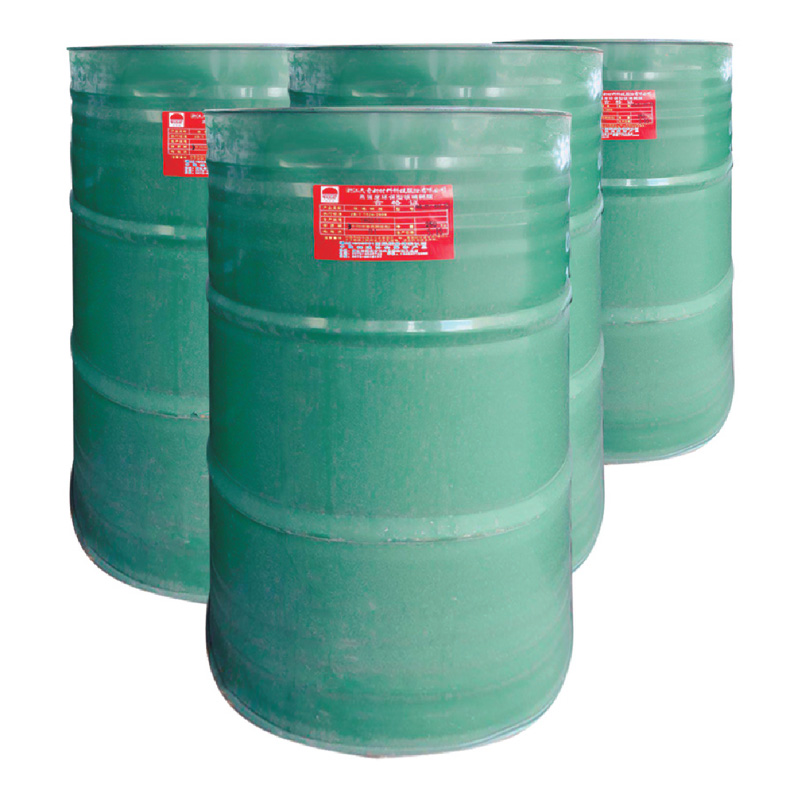The production and use of alkaline phenolic resin involve several environmental and safety considerations that need to be addressed to minimize potential risks to human health and the environment. Here are some key factors to consider:
Alkaline phenolic resin production involves handling and processing of chemicals, including phenol, formaldehyde, and alkaline catalysts. These chemicals may pose health hazards such as skin and respiratory irritation, sensitization, and potential carcinogenicity.
Proper safety measures, including personal protective equipment (PPE), engineering controls, and ventilation systems, should be implemented to minimize worker exposure to hazardous chemicals during resin manufacturing processes.

Some formulations of alkaline phenolic resin may contain volatile organic compounds (VOCs) emitted during resin synthesis and curing processes. VOC emissions contribute to air pollution and may have adverse effects on air quality and human health.
Manufacturers should implement pollution prevention measures, such as using low-VOC formulations, optimizing production processes, and employing emission control technologies, to reduce VOC emissions and minimize environmental impact.
Alkaline phenolic resin production generates waste streams containing by-products, residues, and wastewater, which may require proper treatment and disposal to prevent environmental contamination.
Waste management practices, such as recycling, recovery, and treatment of waste streams, should be implemented to minimize environmental impact and comply with regulatory requirements for hazardous waste handling and disposal.
Regulatory agencies, such as the Occupational Safety and Health Administration (OSHA) in the United States and equivalent authorities in other countries, establish health and safety regulations governing the production, handling, and use of alkaline phenolic resin.
Manufacturers and users of alkaline phenolic resin should comply with applicable regulations and standards to ensure worker safety, environmental protection, and regulatory compliance.
The production and use of alkaline phenolic resin may have environmental implications, including energy consumption, resource depletion, and ecosystem impacts.
Environmental impact assessments (EIAs) should be conducted to evaluate the potential environmental consequences of alkaline phenolic resin production and use, identify potential risks and mitigation measures, and ensure sustainable practices are implemented.
Life cycle assessment (LCA) studies can provide insights into the environmental impacts of alkaline phenolic resin throughout its entire life cycle, from raw material extraction to end-of-life disposal.
LCAs can help identify opportunities for improving environmental performance, reducing resource consumption, and minimizing environmental footprint associated with alkaline phenolic resin production and use.
Addressing environmental and safety considerations associated with alkaline phenolic resin production and use requires a comprehensive approach that integrates risk management, regulatory compliance, pollution prevention, waste management, and sustainable practices. By adopting responsible manufacturing practices and implementing effective environmental and safety management systems, manufacturers can mitigate potential risks and minimize the environmental footprint of alkaline phenolic resin production and use.


 English
English 中文简体
中文简体
















